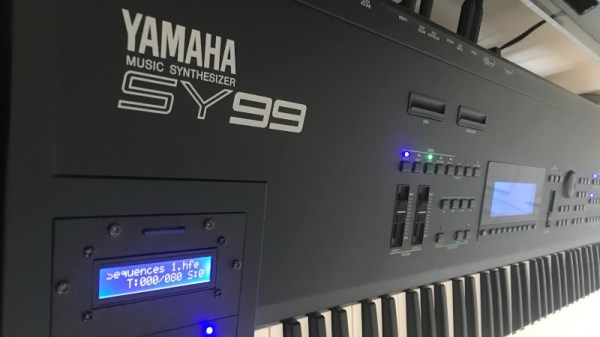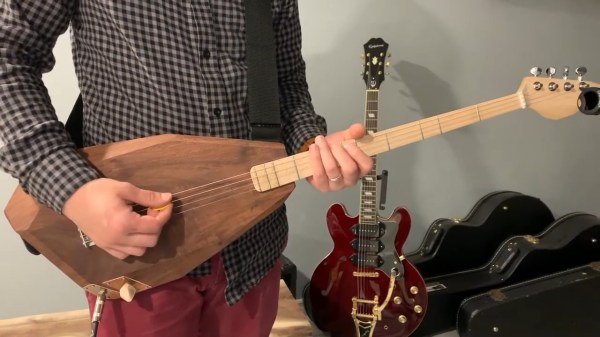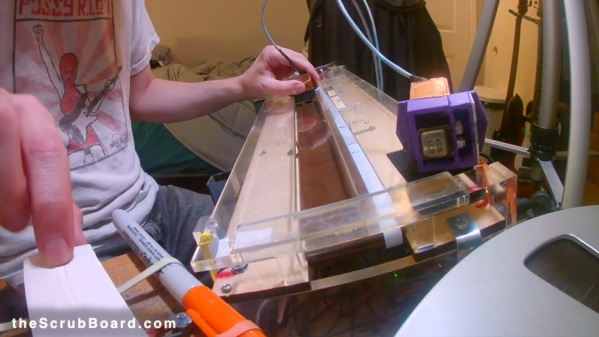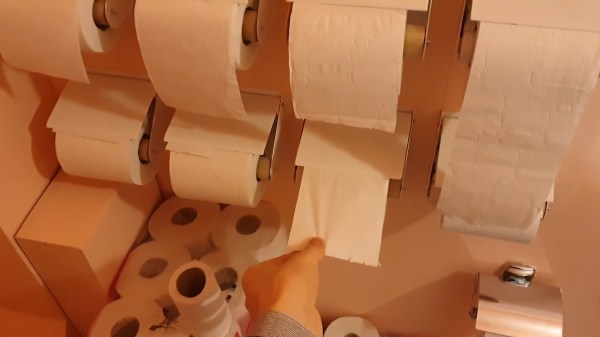We’re okay if you call out Not A Hack™ on this one, because “hack” really doesn’t do justice to the creations of [Martin] from [Wintergatan]. You’re probably familiar with the Marble Machine that went viral a few years ago, and while it was impressive as-is back then, and most people would have declared the project finished at that point, it has turned into a seemingly never-ending work-in-progress project that has certainly come a long way ever since. Its latest addition: the Cyber Capos as upgrade for the bass, and you can find out all about it in its build video — also embedded below.
If you play a string instrument and ever used a capo — the clamping little helper device to smack the pitch up — you may have found yourself wishing that you could use it on any arbitrary fret on each string. Sure, there are partial capos and the spider capo to select individual strings, but you’re still limited to transpose along a single fret. Well, [Martin]’s Cyber Capos, a mechanical construct of four arms sliding along the neck, serve exactly that purpose, which allows him to free up his hands for other things while the marbles keep bouncing.
But you don’t have to be a bass player, or any musician really, to appreciate [Martin]’s build videos. We praised his general attitude and hacker-like spirit already the first time we mentioned the Marble Machine, and just watching him getting excited about his work and the appreciation for people supporting and assisting in the project, while embracing his mistakes, is a genuine delight.
Needless to say that [Martin] likes some uniqueness in music instruments, and the bass with its separate volume control and output for each string qualifies on its own for that. If you’re curious about more on that, there’s another video about it embedded after the break. And for the really impatient ones, you can see the capos in action in the first video around the 12:35 mark.
Continue reading “All About That Bass – Marble Machine X Keeps Growing”


















